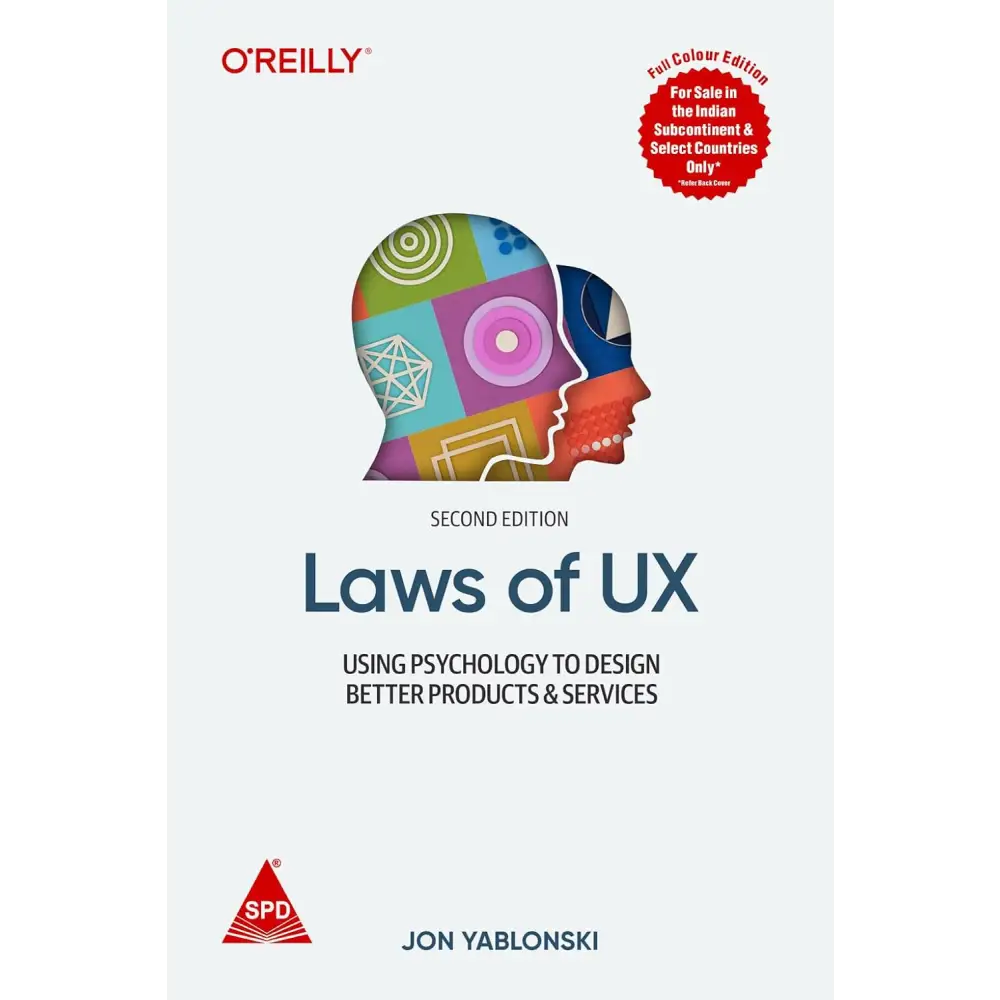BOOKZONE
Laws of UX, 2/e (Full Colour Edition)
Paperback
by Jon Yablonski
SKU:9789355426277
Bulk Discount Get Exta 5% upto 10%
Share

All Indian Reprints of O'Reilly are printed in Grayscale
An understanding of psychology-specifically the psychology behind how users behave and interact with digital interfaces-is perhaps the single most valuable nondesign skill a designer can have. The most elegant design can fail if it forces users to conform to the design instead of working within the "blueprint" of how humans perceive and process the world around them.
This practical guide explains how you can apply key principles of psychology to build products and experiences that are more human-centered and intuitive. Author Jon Yablonski deconstructs familiar apps and experiences to provide clear examples of how UX designers can build interfaces that adapt to how users perceive and process digital interfaces.
You'll learn:
- How aesthetically pleasing design creates positive responses
- The principles of psychology most useful for designers
- How these psychology principles relate to UX heuristics
- Predictive models including Fitts's law, Jakob's law, and Hick's law
- Ethical implications of using psychology in design
- A practical framework for applying principles of psychology in your design process
This updated edition includes an even deeper connection to the underlying psychological concepts that govern the principles explored in the book, along with accompanying UX methods and techniques. Examples have been updated to ensure the deconstructed apps and experiences remain familiar and relevant.
About the Author
Jon Yablonski is a multi-disciplinary designer who specializes in simplifying complex technology and making it intuitive through user research and interaction design. With over a decade of experience in design and development across various industries such as entertainment, retail, automotive, aerospace, and product, Jon brings a deep understanding of the relationship between human psychology and technology. When he's not creating journey maps or crafting prototypes, Jon is creating digital tools to help designers such as Laws of UX and Humane by Design.


